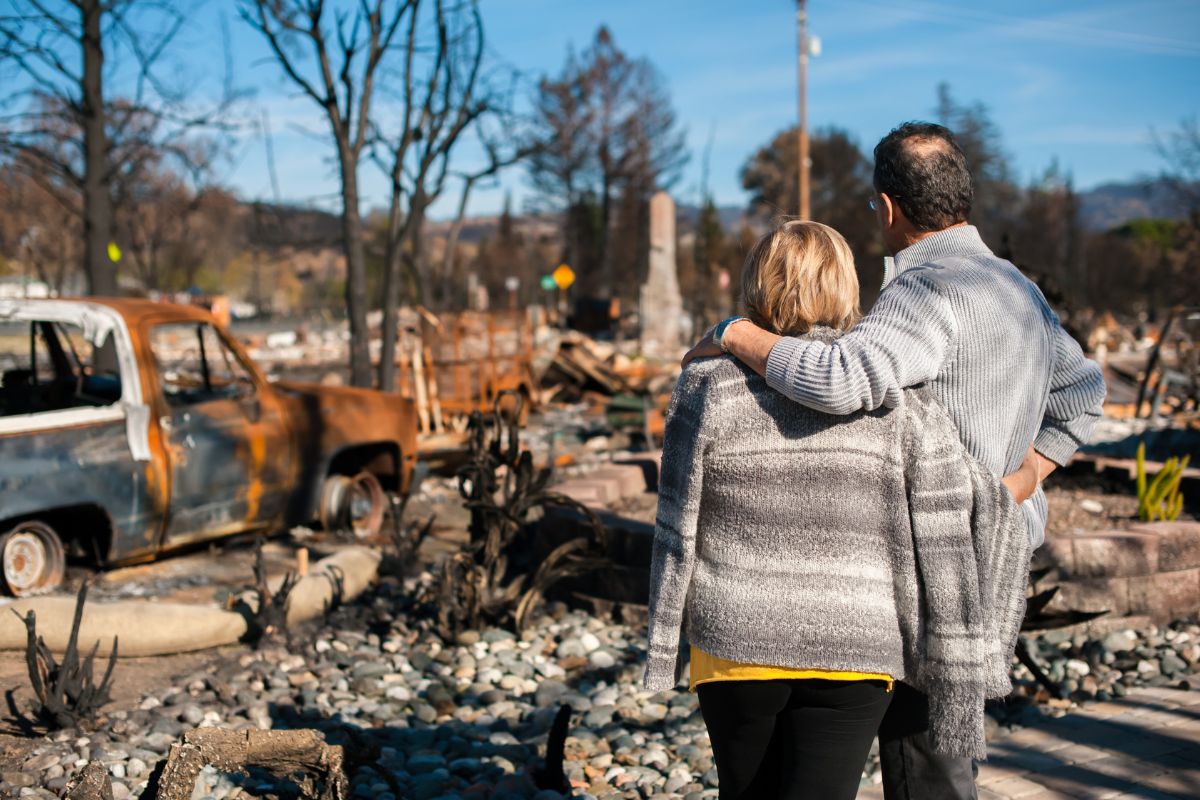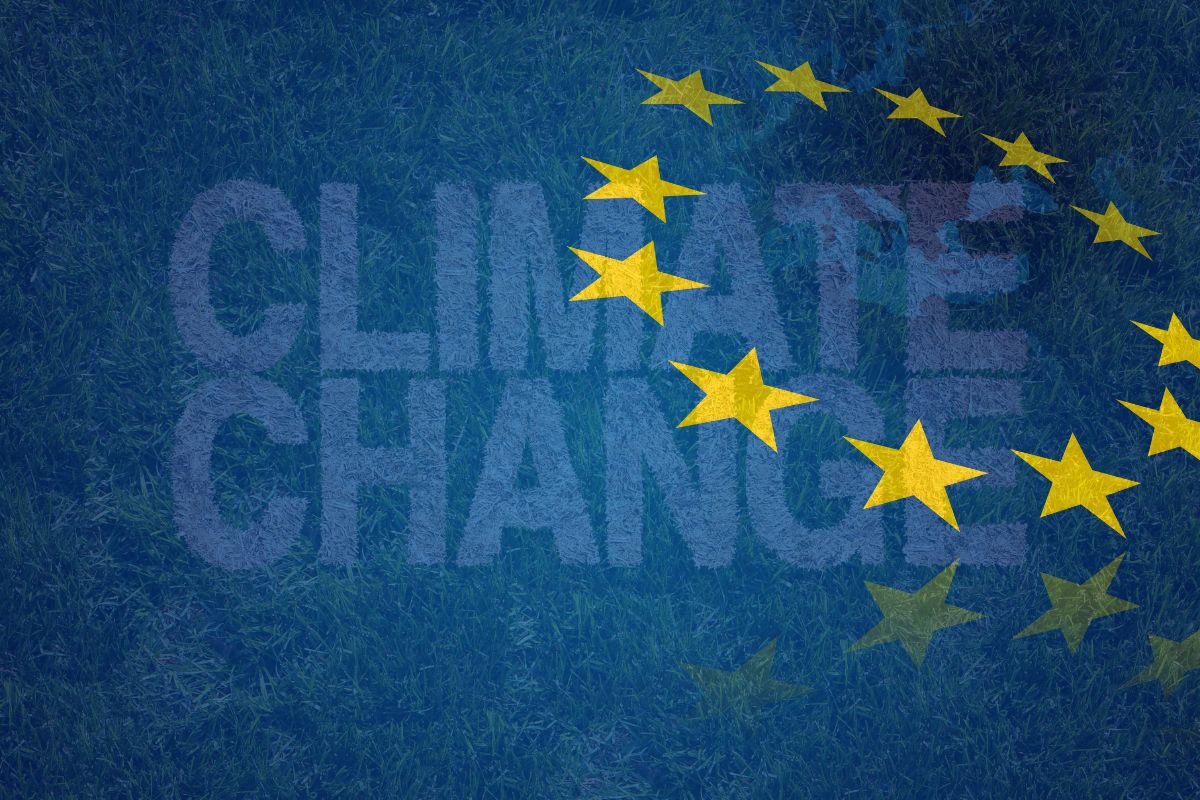Only about a quarter of catastrophe losses suffered in the European Union are insured.
The European Central Bank (ECB) and European Union insurance regulators announced this week that it was working to better close the insurance gap to provide improved coverage from climate change by setting up public-private partnerships and issuing “catastrophe bonds”.
The current uninsured catastrophe losses are creating risks to the EU economy and financial stability.
As only about one quarter of catastrophe losses related to climate change in the European Union are insured, the insurance gap is now being viewed as a risk factor to the economy in general and to the EU’s financial stability. Households and businesses affected by these catastrophes but that aren’t adequately covered against them need substantially longer to recover from flooding, fire, and other extreme events, said a paper released by the ECB and EU insurance regulator, the EIOPA.

Inaction will only cause the lack of coverage to grow, said the paper, as rising frequency and intensity of events increases premiums and impacts credit supply from high-risk area banks.
Between 1980 and 2020, the EU’s direct aggregate catastrophe losses reached €487 billion (US$535 billion). According to estimates from Swiss Re, last year’s global catastrophe losses were $120 billion.
The insurance gap has been steadily growing, particularly over the last six years.
The Howden international broker stated that the above-average losses across the last six years have been sending property catastrophe reinsurance prices skyward, with rates increasing in Europe by 30 percent by the January 2023 renewals.
“In order to efficiently protect our society, we need to address the concern of the increasing insurance protection gap by proposing and finding appropriate solutions,” said a statement released by Petra Hielkema, chair of the EIOPA.
The paper recommended several potential actions, such as incentivizing businesses and individuals to mitigate climate-related catastrophe risks. Such incentives could include rate discounts on policies.
The paper also recommended issuing catastrophe bonds to help shrink the insurance gap. The goal would be to help insurers to spread the risk outward to the capital market, making it easier to control the rise of premiums. This would also have the potential to speed up claims payments following disasters, providing greater economic support.

